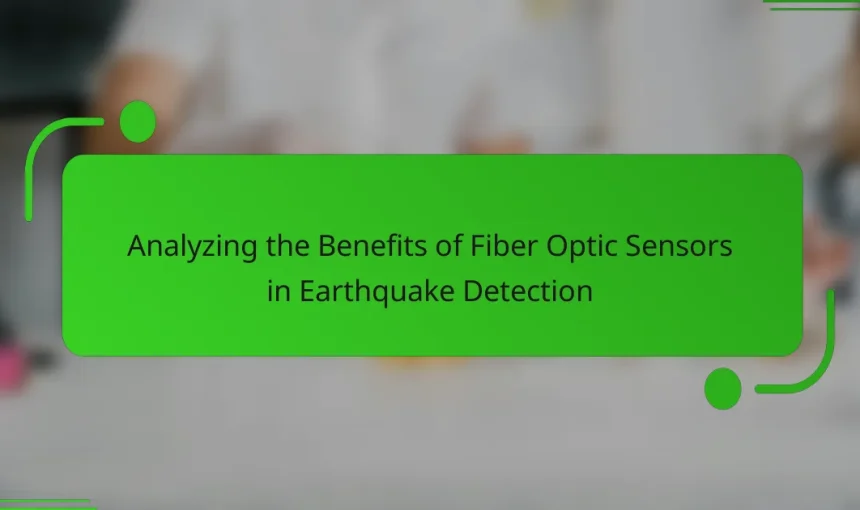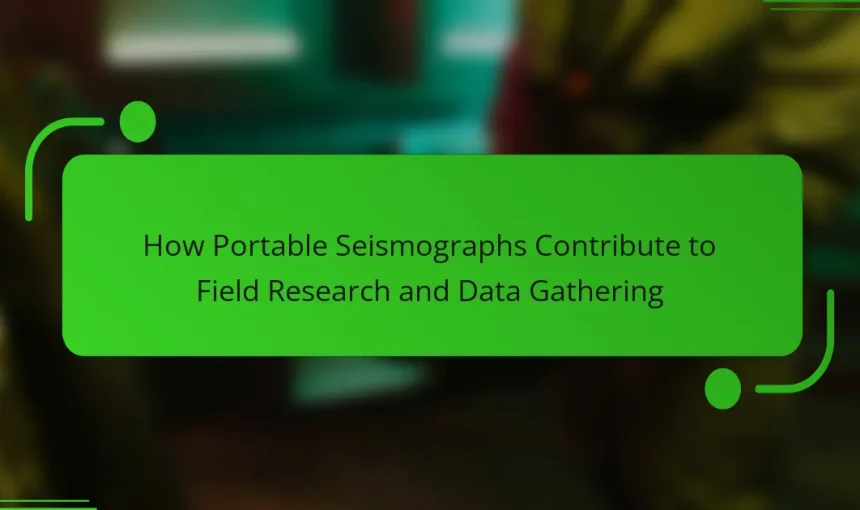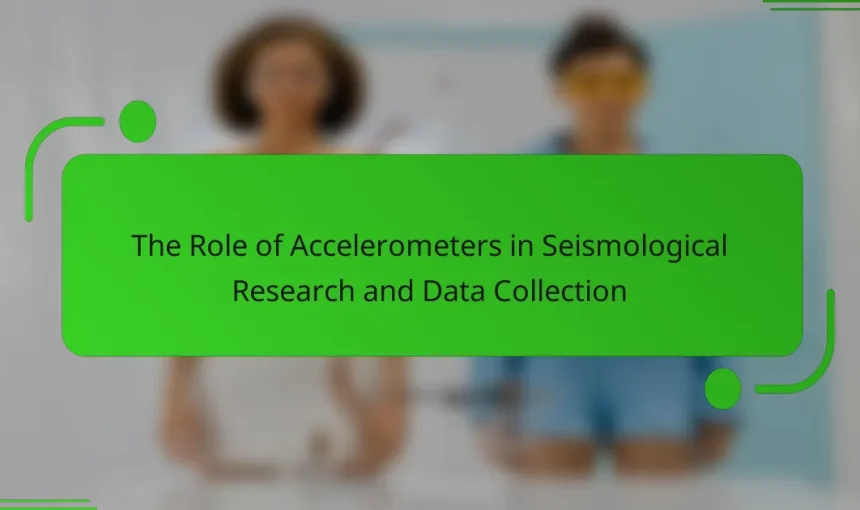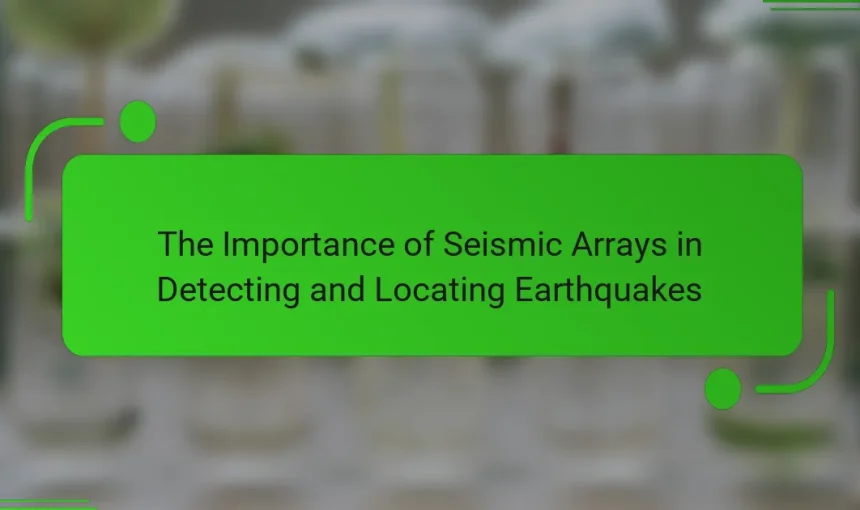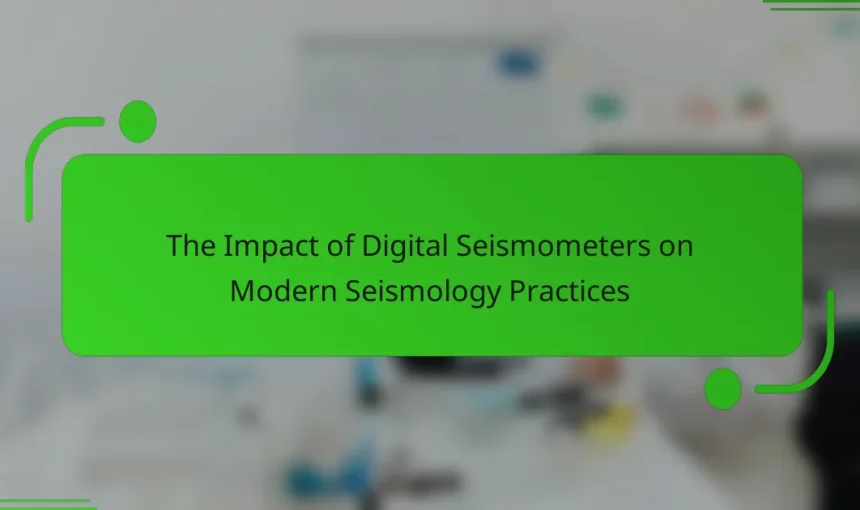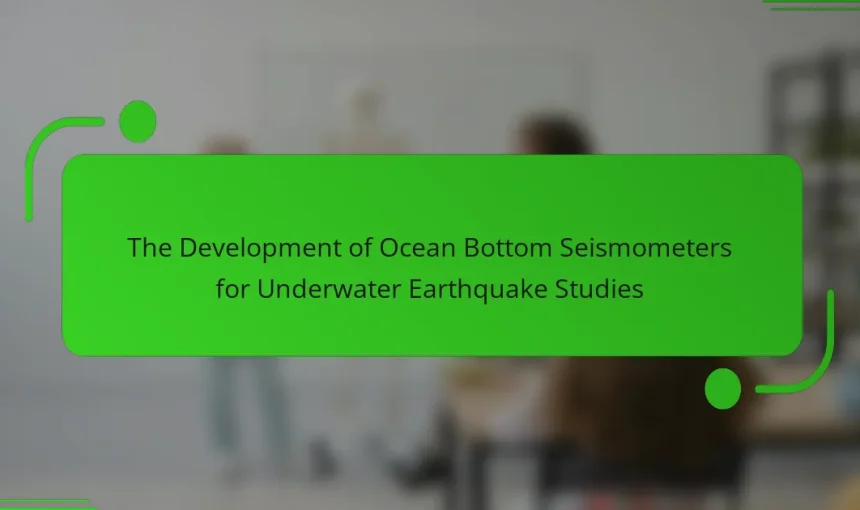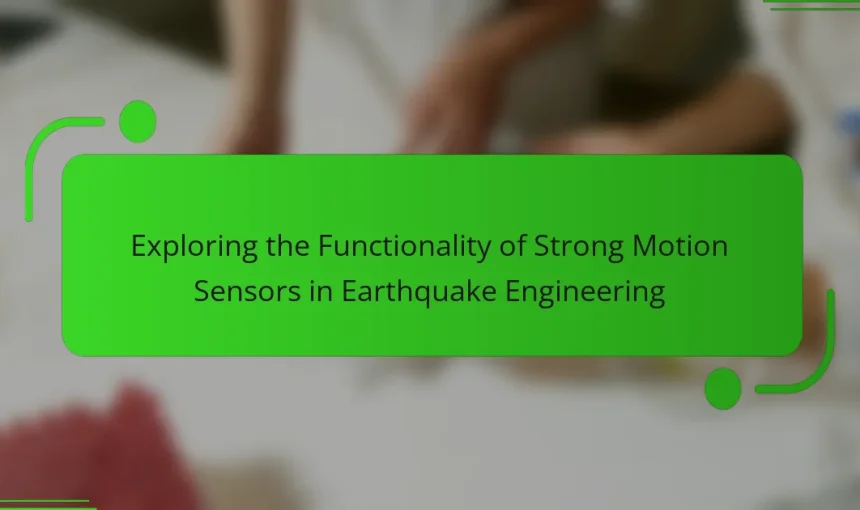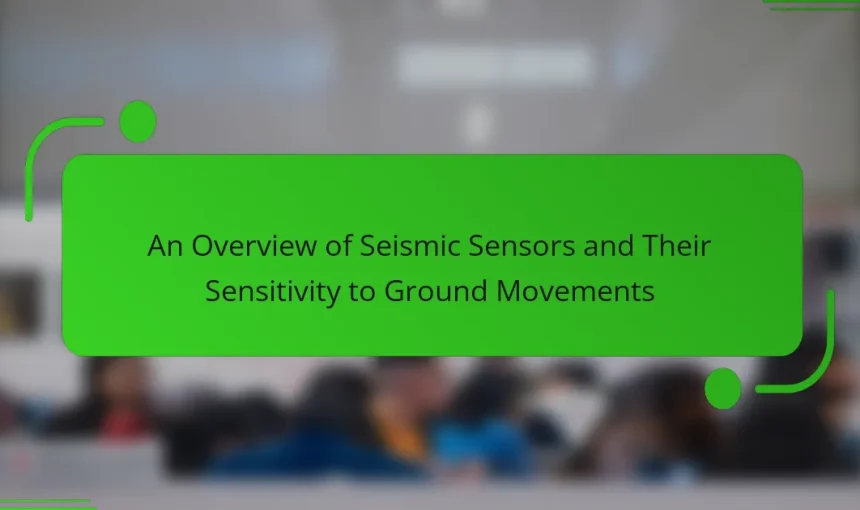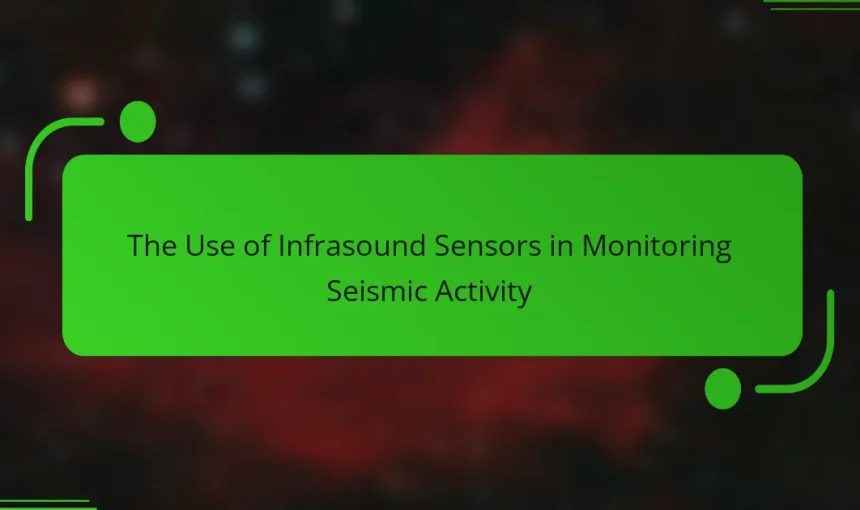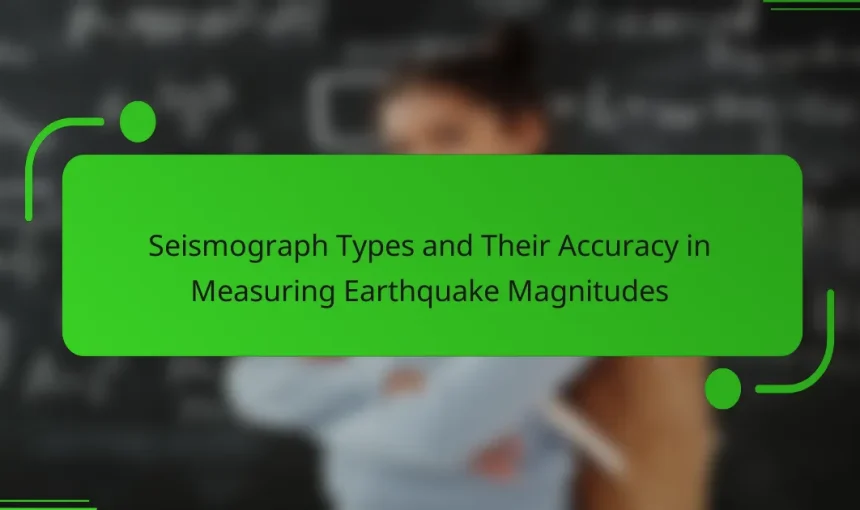Fiber optic sensors are advanced devices that use light transmission through optical fibers to monitor environmental changes, particularly in earthquake detection. These sensors measure variations in strain, temperature, and pressure along the fiber, allowing for real-time monitoring of seismic activity. Their high sensitivity enables the detection of minute ground movements, making them effective for early […]
Portable seismographs are compact instruments specifically designed to measure seismic activity, including ground motion from earthquakes and explosions. These devices are essential for field research in geology and seismology, providing capabilities such as built-in data storage and wireless connectivity for data collection in remote locations. They capture various seismic data, including P-waves, S-waves, and surface […]
Accelerometers are devices essential for measuring acceleration forces, particularly in seismological research where they detect ground motion during earthquakes. They provide real-time data on seismic waves, aiding scientists in analyzing earthquake intensity, duration, and building responses. Various types of accelerometers, including analog, digital, and strong-motion accelerometers, each serve specific functions in monitoring seismic activity. The […]
Seismic arrays are networks of seismic sensors strategically deployed to detect and analyze seismic waves generated by earthquakes. Each sensor measures ground motion and transmits data to a central processing unit for analysis, enabling the determination of an earthquake’s location, depth, and magnitude. This article highlights the advantages of seismic arrays over single sensors, including […]
Digital seismometers are advanced instruments that measure ground motion resulting from seismic waves, converting mechanical vibrations into electrical signals for accurate data analysis. They significantly enhance earthquake detection and characterization by capturing a broader frequency range and enabling real-time data transmission. This technology improves seismic monitoring and supports advanced processing techniques for better interpretation of […]
Ocean Bottom Seismometers (OBS) are advanced instruments used to measure seismic activity on the ocean floor, providing essential data for the study of underwater earthquakes and tectonic processes. The evolution of OBS technology, from early models in the 1960s to modern systems equipped with real-time data transmission capabilities, has significantly enhanced the ability to monitor […]
Strong motion sensors are essential devices used to measure ground motion intensity during earthquakes, capturing critical data on acceleration, velocity, and displacement. This data is vital for assessing the seismic performance of structures and informing building codes and safety standards. Common types of strong motion sensors include accelerometers, velocity sensors, and displacement sensors, each contributing […]
Seismic sensors are devices designed to detect and measure ground movements caused by seismic waves, playing a crucial role in monitoring earthquakes and geological activities. Various types of seismic sensors, including accelerometers, geophones, and broadband seismometers, offer unique capabilities for analyzing ground motion. These sensors are essential for applications such as earthquake detection, structural integrity […]
Infrasound sensors are specialized devices designed to detect low-frequency sound waves that fall below the range of human hearing. These sensors are essential for seismic monitoring, as they capture vibrations generated by geological events such as earthquakes and volcanic eruptions, often providing early warnings before traditional seismic instruments can react. The strategic deployment of infrasound […]
Seismographs are specialized instruments used to measure and record ground motion during seismic events, such as earthquakes. They detect vibrations caused by seismic waves, with various designs impacting their sensitivity and frequency range. This article explores different types of seismographs, their role in determining earthquake magnitudes, and the importance of integrating data from multiple seismograph […]
